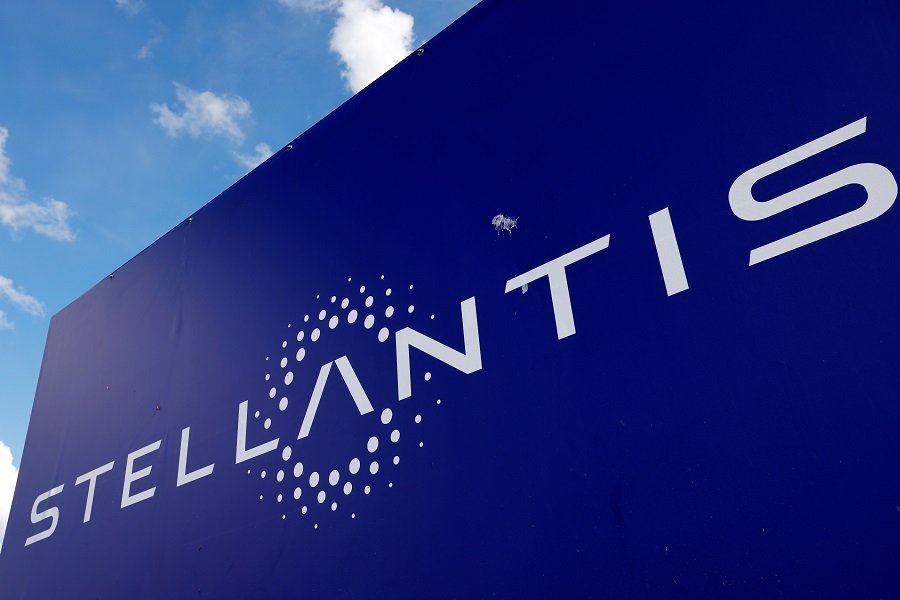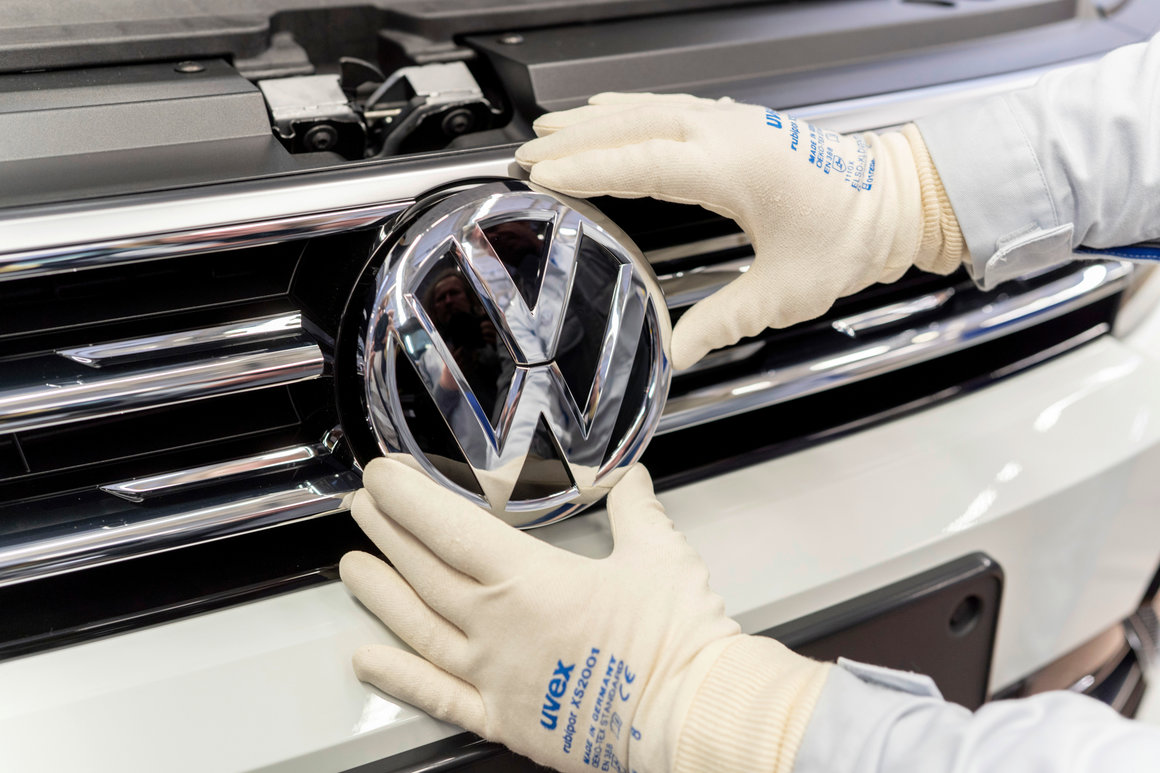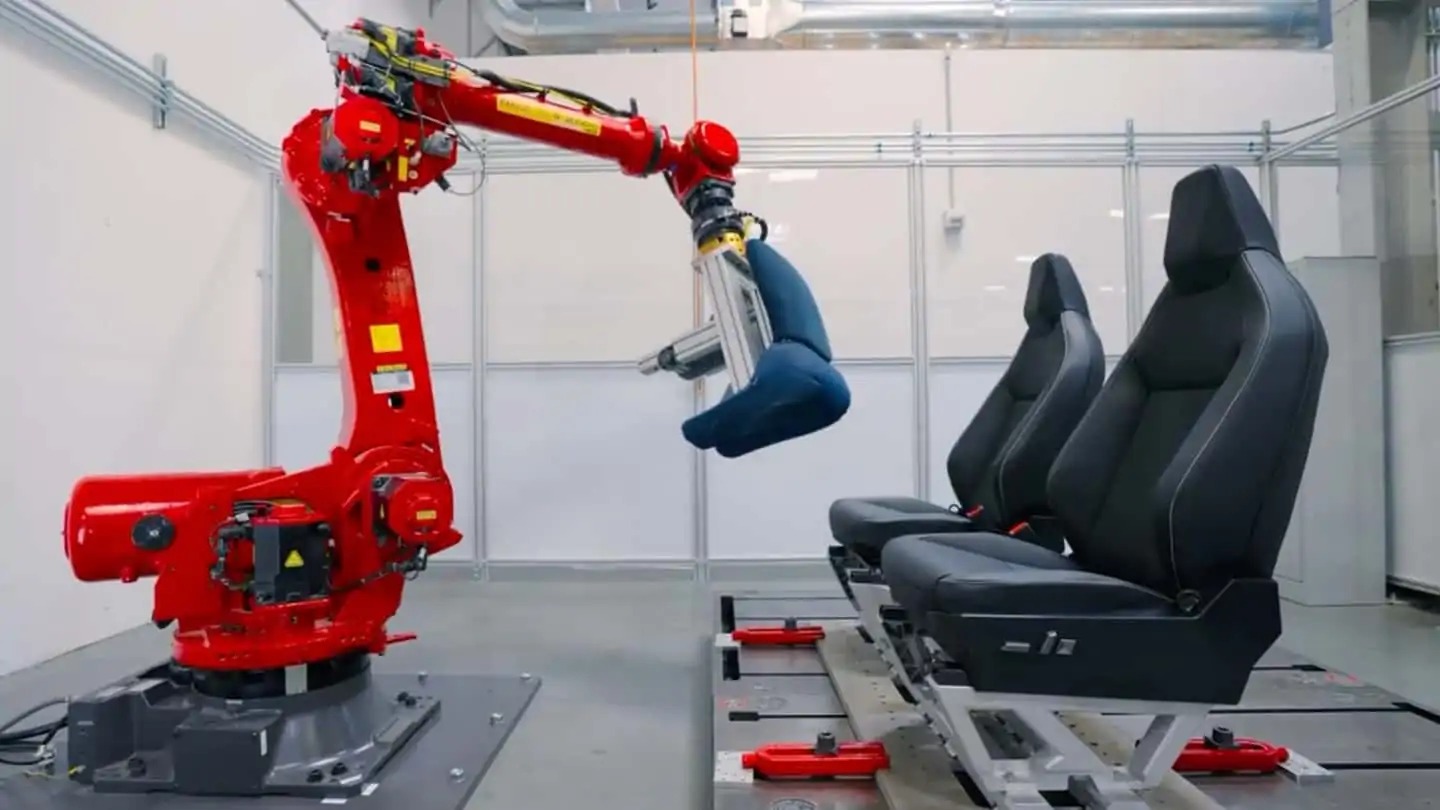Stellantis is set to adopt a diversified strategy in sourcing semiconductors for its upcoming electric car platforms. The company has already secured direct partnerships with multiple manufacturers, ensuring the supply of semiconductors with a purchase value exceeding ten billion euros by 2030.
Collaborating with strategic partners in the semiconductor industry, such as Infineon, NXP Semiconductors, Onsemi, and Qualcomm, Stellantis aims to incorporate their expertise into their STLA platforms. Additionally, the carmaker plans to develop its own custom semiconductors in collaboration with aiMotive and SiliconAuto in the near future.
The decision to establish direct partnerships for semiconductor supply is a part of Stellantis’ comprehensive strategy to manage and secure long-term chip availability, driven by the growing demand for semiconductors within the automotive industry. The strategy, developed by a cross-functional team, was carefully designed based on customer preferences for advanced technological features and aligned with the objectives outlined in the Stellantis Dare Forward 2030 plan.
Key components of the semiconductor strategy include the implementation of a semiconductor database, ensuring transparency regarding semiconductor content, as well as a systematic risk assessment to proactively address obsolete components. Stellantis will also employ long-term chip-level demand forecasting to establish capacity securitization agreements with chip manufacturers and Silicon Foundries. Furthermore, the company plans to create a “Green List” to streamline chip diversity, thereby allowing Stellantis to maintain control over allocation in the event of future chip shortages. To ensure a consistent supply, Stellantis will directly purchase mission-critical parts from chip manufacturers.
The company emphasizes that this semiconductor strategy will be continuously refined. Maxime Picat, Chief Purchasing and Supply Chain Officer at Stellantis, affirms the necessity of a deep understanding of semiconductors and the industry to implement an effective strategy. With a wide range of semiconductors incorporated into their vehicles, Stellantis has built a comprehensive ecosystem to mitigate the risk of production line disruptions caused by a single missing chip. Picat further highlights the significance of innovative devices, such as SiC MOSFETS (silicon carbide-based semiconductors), in extending electric vehicle range, as well as the importance of cutting-edge SoCs (system-on-a-chip) in delivering exceptional customer experience and ensuring safety.
Recently, Stellantis unveiled details of its STLA Medium platform, designed for future electric cars in the C and D segments. This platform, along with the diversified semiconductor sourcing strategy, represents Stellantis’ commitment to advancing electric mobility and meeting the evolving demands of the automotive industry.







